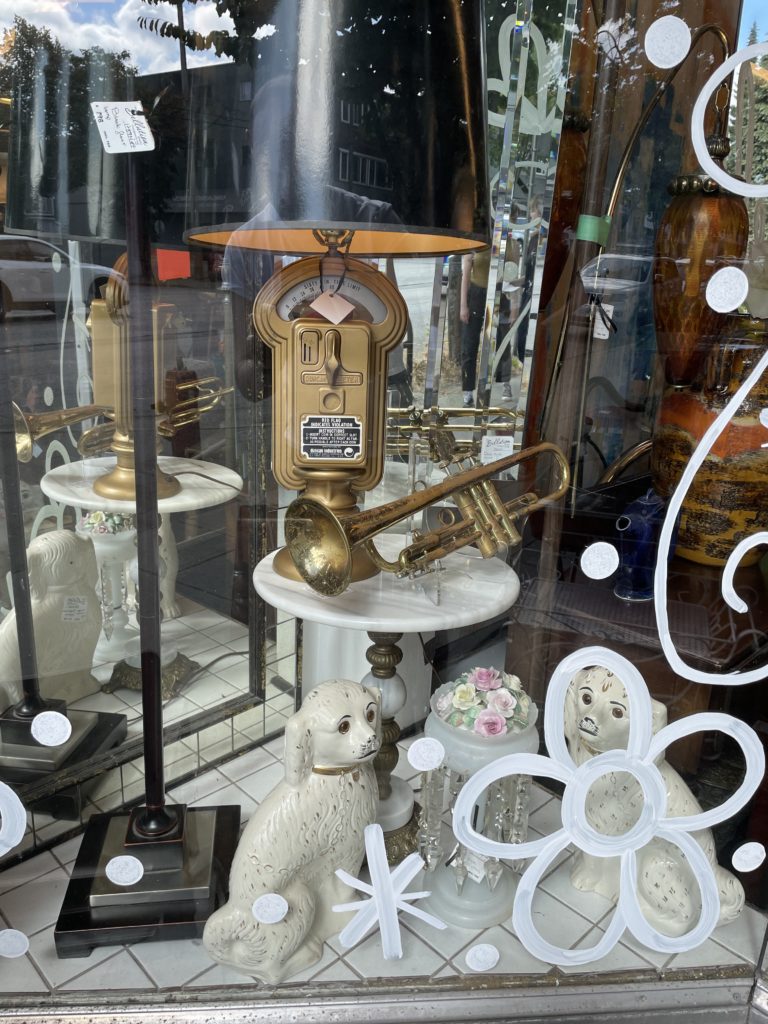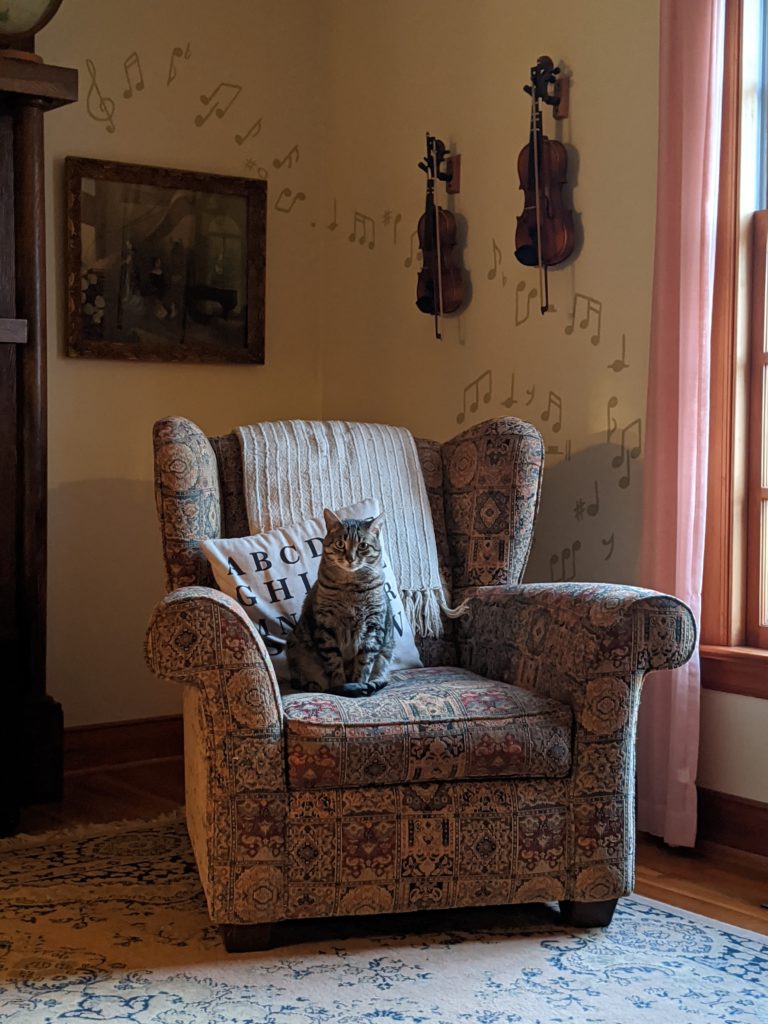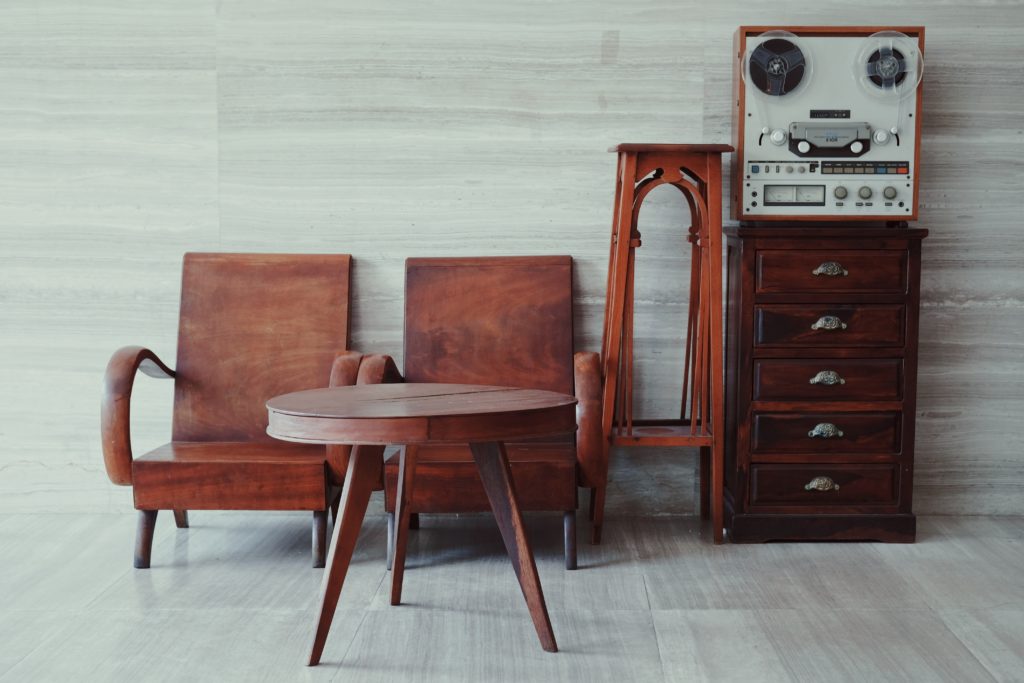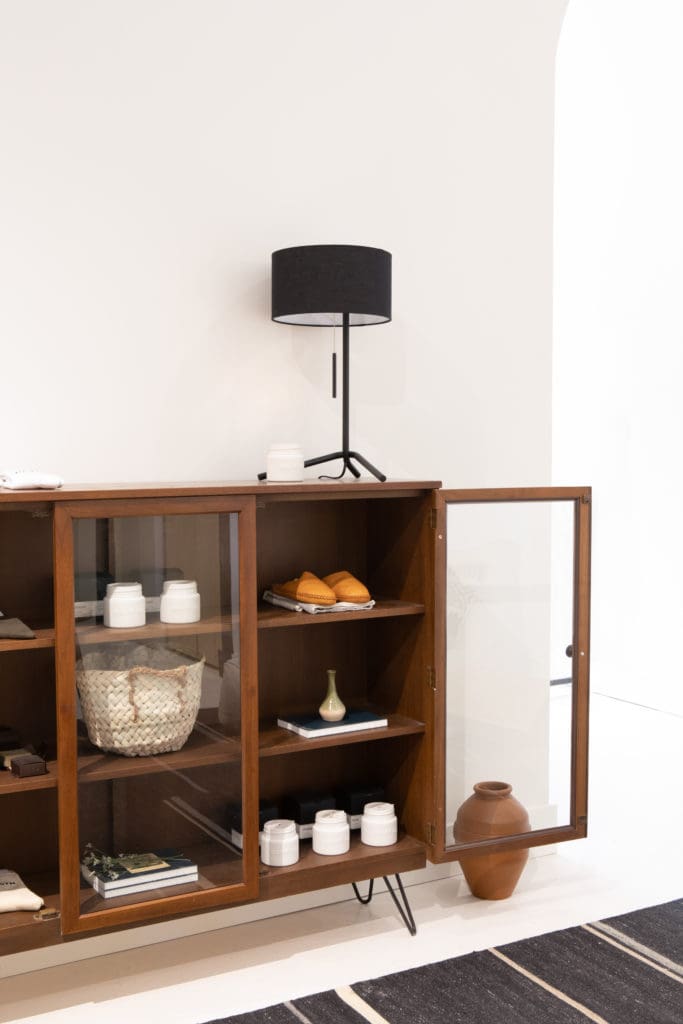Fast food, fast fashion, fast furniture—none of it is good for either people or the planet. And more and more young people are saying “no thanks” to all of it.

“Overall there is a shifting global consumer base that is demanding better of its retail corporations amid the devastating effects of climate change, overconsumption and human rights violations—all of which are especially important to Millennials and Gen Z—and the resale of used goods that already exist in the environment are an answer to that.” That’s according to Kristina Urquhart, founder of Thevintageseeker.ca, an online magazine for buyers and sellers of antiques and vintage items across Canada.
The Toronto resident launched her business in the first year of the pandemic, which she describes as the tipping point for secondhand furniture, with “more people looking to redecorate—and with time on their hands to browse the internet for items—and more people selling to make extra money.” Plus, supply-chain problems (that continue today) meant consumers often faced long wait times when ordering new furniture from overseas, upping the appeal of used items available immediately.
The carbon footprint of constructing new furniture, shipping it and, all too soon, throwing it away, is huge. Many new pieces are so poorly built that they’re not intended to last from one school year to the next, never mind one generation to the next. The Environmental Protection Agency reports that 9.68 million tonnes of furniture and furnishings ended up in landfill in the U.S. in 2018—an increase of more than threefold compared to half a century earlier. But it’s more than just the sustainability aspect that appeals to shoppers today. As the pandemic drags on, many of us are still spending an increased amount of time working, socializing and studying from home. Staring at boring furniture all day just doesn’t cut it anymore.

As a writer, Steffani Cameron is home a lot. “I bought all decent stuff from Ikea and Structube but hated how little personality it had,” she says. After moving from Ottawa to Victoria, she realized that none of the furniture she’d paid to ship across the country worked in her new place. She got rid of it all and replaced it with used pieces that she painted in vibrant colours. “Now all my furniture looks bespoke,” Cameron says. “Amazing what a coat of paint does.” And some of these old pieces have personal stories attached, such as the coffee table made from her great-grandparents’ 120-year-old breadboard.
Rebecca Northan is another fan of how rich in character old furniture is. “I live for secondhand, restored, reupholstered furniture. There is not a lick of new furniture in my house, other than our bed,” says the actor and improviser, who lives in Stratford, Ontario. “Each piece has a story, an adventure, something emotional.”
Secondhand pieces can also be economical. Tanya Johnston, who owns The Sellution in Vancouver, says used furniture is “typically less expensive than what you would spend on a new piece of furniture, and it lasts longer.” She notes, “If you use your imagination, you can do so many things with older furniture to liven it up and make it suit your needs.” As the owner of a consignment store, her problem is having too much of a good thing: Johnston’s staff have been known to stop her from taking home new treasures. “I have so much in my own home that my husband makes me take stuff back,” she says with a laugh.

But used furniture is not always less expensive than buying new, especially when repairs and reupholstering are involved, though the quality is worth the extra cost. “Something that’s moved and moved multiple times over 50, 60, 80 years, other than a few bumps and bruises, they’re solid pieces,” says Diana Ross, owner of A Changing Nest in Toronto.
Nicole McConnell, who runs her vintage furniture and clothing business, @shop.woven, in Vancouver, and has been flipping preloved goods for 15 years, agrees. She says, with a little TLC, “pieces that have been around since the 1950s and ’60s could last another 100 years.” In terms of ensuring you’re purchasing quality items, she gives this advice: “Go with someone who has been doing it for a long time; most local shops are reputable. Ask lots of questions … and check all the drawers!”
McConnell adds that, when it comes to online platforms, not all are created equal. While Facebook Marketplace turns up a plethora of used furniture from private sellers, it’s difficult to vet someone’s reputation—and, thus, the piece they’re posting. Instagram, she offers, is a far safer bet, and it’s “huge for sales of pre-owned furniture these days. There’s an interest in protecting one’s reputation on IG, because sellers are ‘known’ and have their following to answer to. On Marketplace, despite there being a star system that some do use, people can just delete an ad once an item is sold and disappear.”
As for why she believes used décor is trending these days: “I like to think it’s for the planet, but for many people it’s aesthetics, having something unique. But that’s OK, too!”
Indeed, many of these older items have personality. They’re the type of one-of-a-kind pieces that “you’re not seeing in everybody’s living room, and it’s those pieces that people talk about and ask about when they come into your home,” echoes Ross. Whenever customers complain about their own dwellings seeming sterile, like “living in a bad hotel room,” she shares the secret to making a living space feel inviting: “Mix some older pieces in with the new, and that gives you the soul and the feeling. Big difference.”

Pre-owned furniture isn’t just for homes, either. Canadian clothing company Kotn opened a store in Vancouver earlier this year, and 80 per cent of the furniture in it is secondhand. The certified B Corporation has pledged to do the same in each new location. “Sourcing used furniture is a great way to extend the life of old pieces, make use of the resources we already have and support our local communities,” says Mackenzie Yeates, Kotn’s co-founder and chief brand officer. “Part of the joy of finding our best pieces—like our teak table, arch mirror and nesting coffee table stools—was discovering the history behind each of them.”
HGTV star Sarah Richardson also recommends used furniture for homes and businesses. She advises looking past the clutter in any consignment store to sleuth out the tucked-away gems. Gorgeous furniture might be hidden beneath small items, or marred with scratches or a drab colour, but it’s worth the effort to repaint or refinish a well-constructed piece.
Ready to hunt for treasure? Vintage stores, antiques shops, Instagram accounts, Facebook Marketplace and Craigslist are the perfect places to start. All that’s required is a good imagination (and a truck to haul home your finds). —Sheri Radford

Be the first to comment